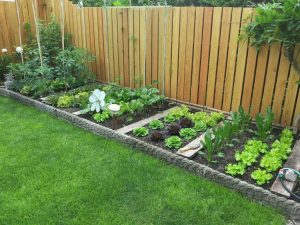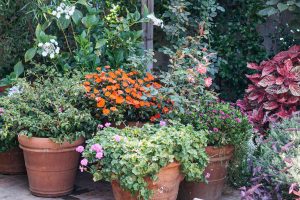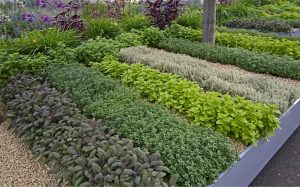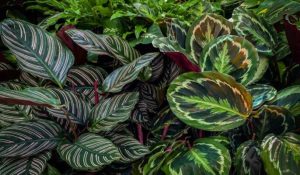
Medicinal gardening is the age-old practice of cultivating plants with healing properties for use in home remedies and alternative medicine. This tradition, steeped in history, is experiencing a resurgence as more individuals seek natural and holistic solutions to common health issues. In this e-book, we will delve into the world of medicinal gardening, exploring its advantages, various medicinal plant options, and the art of cultivating and utilizing these botanical healers.
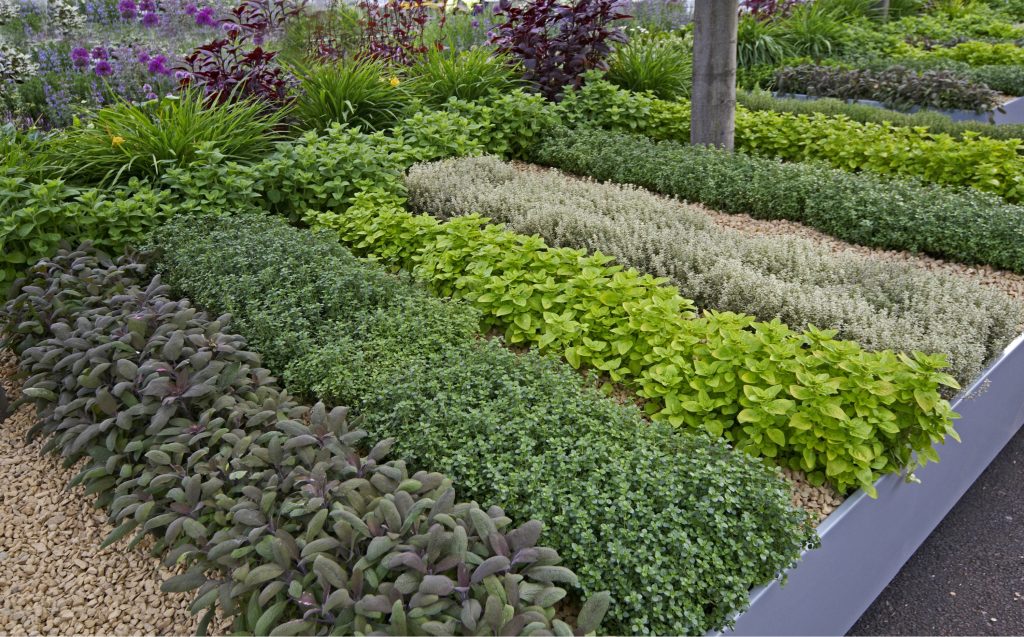
Chapter 1: The Advantages of Medicinal Gardening
Medicinal gardening offers a multitude of benefits, including:
Cost-Effectiveness
Growing your own medicinal plants is far more economical than purchasing expensive pharmaceuticals.
Organic and Chemical-Free
Medicinal plants from your garden are organic, free from harmful chemicals, and under your control.
Sustainability
Cultivating your own medicinal garden is an eco-friendly and sustainable way to meet your health needs.
Educational
Medicinal gardening provides an opportunity to learn about different plants, their properties, and their traditional uses.
Aesthetic Appeal
Medicinal plants are often visually appealing, enhancing the beauty of your garden with color and texture.
Therapeutic
Gardening is a therapeutic and stress-relieving activity with various health benefits.
Chapter 2: Varieties of Medicinal Plants
A diverse array of medicinal plants can be grown in a medicinal garden. Some of the most common options include:
Aloe Vera
A succulent plant used for centuries to treat skin conditions and wounds.
Calendula
A flowering plant with anti-inflammatory and antiseptic properties, ideal for various skin conditions.
Chamomile
A calming flowering herb for treating anxiety, insomnia, and digestive issues.
Echinacea
A common choice for boosting the immune system and preventing respiratory infections.
Garlic
A bulbous plant with antimicrobial properties, beneficial for infections and cholesterol reduction.
Ginger
A root known for its anti-inflammatory properties, used to alleviate nausea, headaches, and more.
Lavender
A fragrant herb with calming properties, employed to treat anxiety, insomnia, and headaches.
Peppermint
A herb with anti-inflammatory and antispasmodic properties, effective against digestive issues and headaches.
Sage
A herb with antimicrobial properties, useful for sore throats, coughs, and respiratory infections.
St. John’s Wort
A flowering plant with antidepressant qualities, suitable for mild to moderate depression.
Chapter 3: Nurturing Medicinal Plants
Cultivating medicinal plants requires attention to soil quality, sunlight, and drainage. Some can be grown in pots, while others need dedicated garden beds. Here are some guidelines for cultivating medicinal plants:
Soil
Medicinal plants thrive in well-drained soil rich in organic matter. Incorporating compost or organic amendments is beneficial.
Watering
Most medicinal plants require regular but not excessive watering to prevent root rot.
Fertilization
Research the specific fertilization needs of the plants you’re growing, as they vary.
Pruning
Regular pruning promotes healthy growth and prevents disease.
Harvesting
When harvesting medicinal plants, ensure proper timing and technique to maximize their potency.
In conclusion, medicinal gardening presents a rewarding journey for those seeking natural remedies. Its advantages, coupled with the diverse range of medicinal plants available, offer a unique and holistic approach to health and well-being. Cultivating and utilizing these botanical healers can be a fulfilling and sustainable practice.

